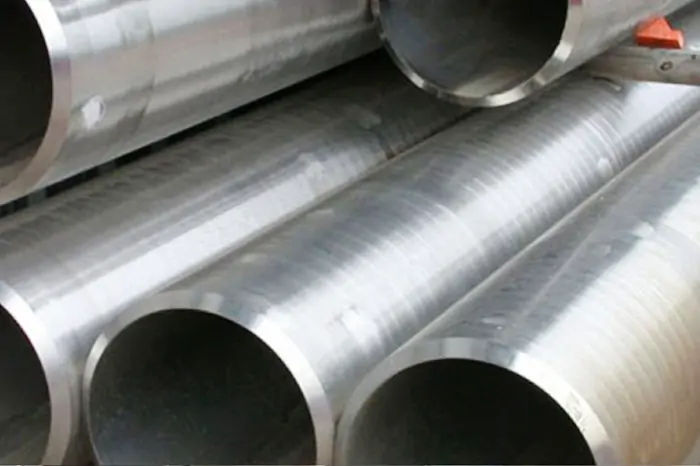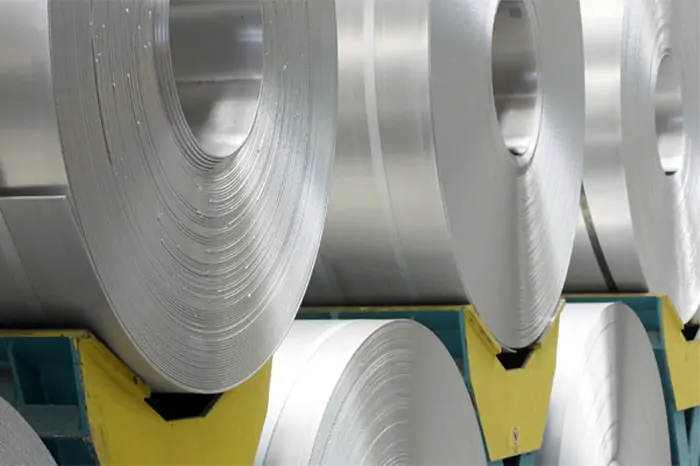Welding is a fundamental process in numerous industries, from construction and manufacturing to automotive and aerospace. This critical process involves the fusion of materials, typically metals, to create structures that are both functional and durable. At the heart of this process is the welding wire, a crucial component that holds everything together. Welding wires act as the medium through which the electric current passes, creating the heat necessary to melt and join materials. But have you ever wondered about the benefits of a welding wire cast? In this article, we’ll explore the advantages of a cast welding wire, its manufacturing process, and why it’s essential for achieving high-quality welds.
Table of Contents
ToggleThe casting process for welding wires is a fascinating journey that combines art and precision engineering. It begins with molten metal being poured into a mold to create a specific shape. This process not only ensures precise dimensions but also enhances the wire’s durability and performance. The casting mold is carefully designed to control the cooling rate, which is crucial for determining the mechanical properties of the wire. By solidifying the wire in a controlled manner, manufacturers can produce welding wires that are stronger and more reliable. This precision is essential for maintaining the integrity of the wire’s structure, which in turn affects the quality of the weld.
The Importance of Quality in Welding Wire Casting
Quality is key in the casting process. High-quality casting leads to improved welding wire performance, which translates into better welds. A meticulous casting process minimizes impurities and defects, such as porosity or inclusions, which can significantly compromise the integrity of a weld. When casting is done right, it minimizes impurities and defects, resulting in cleaner, stronger welds. This is crucial, especially in industries where the integrity of the weld is paramount for safety and functionality. In sectors like aerospace or nuclear power, where failure is not an option, the quality of welding wire can be the difference between success and catastrophic failure.
Benefits of Welding Wire Cast
Enhanced Durability and Strength
One of the primary benefits of a welding wire cast is enhanced durability. The casting process allows for a uniform structure throughout the wire, which means fewer weak spots and a consistent performance. This uniformity is achieved through controlled cooling and solidification, which aligns the metal’s microstructure in a way that enhances its mechanical properties. This durability is crucial when welding in demanding environments, where the wire must withstand high temperatures and pressures. In industries such as oil and gas, where equipment is exposed to harsh conditions, durable welding wires ensure that welds remain intact and reliable over time.
Improved Welding Wire Quality
Casting plays a significant role in improving the overall quality of the welding wire. A well-cast wire is less likely to have defects, such as voids or cracks, which can compromise the weld. This means that welders can rely on consistent quality, leading to fewer errors and reworks. Consistency in quality also translates to cost savings, as fewer defects mean less time spent on repairs and rework. Furthermore, high-quality welding wires contribute to the longevity of welded structures, reducing the need for frequent maintenance and replacements.
Achieving Cleaner Welds
Cleaner welds are another benefit of using cast welding wires. The uniformity in the wire’s structure helps in achieving a smooth, even weld bead. This not only enhances the aesthetic appeal but also improves the structural integrity of the weld. Cleaner welds are especially important in applications where appearance and precision are critical. For instance, in architectural projects, the visual aspect of a weld can be just as important as its strength. Additionally, cleaner welds often require less post-weld cleaning and finishing, saving time and resources in the production process.
Consistent Performance
The casting process ensures that each welding wire produced has a consistent composition and structure. This consistency is vital for welders who need predictable results. Whether you’re working on a small project or a large-scale industrial job, consistent performance is key to efficiency and quality. Consistent welding wires help maintain steady arc characteristics, which are crucial for achieving uniform weld penetration and bead shape. This predictability allows welders to focus on technique and precision, knowing that the wire will perform as expected every time.
The Role of Casting in Welding Wire Manufacturing
The manufacturing of welding wires involves several steps, with casting being a crucial part. After casting, the wire is drawn to the desired thickness, followed by coating or finishing processes that enhance its performance. Drawing the wire involves reducing its diameter to improve tensile strength and flexibility, making it suitable for various welding applications. This meticulous process ensures that the final product meets the specific requirements of different welding applications. The finishing process may include copper coating or other treatments that enhance conductivity and corrosion resistance, ensuring that the wire performs optimally in diverse environments.
Types of Welding Wires
There are various types of welding wires, each designed for specific applications. Some common types include:
- Solid Wires: Used in MIG welding, these wires offer versatility and ease of use. They are preferred for their clean operation and ability to produce high-quality welds on thin to medium gauge metal materials.
- Flux-Cored Wires: Ideal for outdoor welding, these wires are known for their ability to handle dirty or rusty materials. They contain a flux core that generates a protective gas shield during welding, making them suitable for less controlled environments.
- Stainless Steel Wires: Used in applications requiring corrosion resistance and strength. These wires are essential in industries where hygiene and durability are paramount, such as food processing and chemical manufacturing.
Each type of wire benefits from the casting process, ensuring that it performs optimally in its respective applications. The casting process tailors the wire’s properties to meet the specific demands of its intended use, enhancing its performance and reliability.
Why Choose Cast Welding Wires?
Choosing cast welding wires offers several advantages. From increased strength and durability to improved quality and consistency, the benefits are clear. High-quality cast wires reduce the likelihood of weld failure, ensuring that structures remain safe and sound. For industries where welding is a critical part of the production process, using high-quality cast welding wires can lead to better results and reduced costs. The long-term benefits include lower maintenance expenses, fewer production stoppages, and enhanced product lifespan.
Real-World Applications
In the real world, the benefits of cast welding wires can be seen in various applications. For instance, in the automotive industry, cast welding wires are used to ensure that welds are strong and reliable, contributing to the safety and longevity of vehicles. In construction, these wires help create robust structures that stand the test of time. Additionally, in the energy sector, cast welding wires are crucial for maintaining the integrity of pipelines and power generation equipment. These real-world applications demonstrate how critical the choice of welding wire is to the success and safety of various engineering projects.
Conclusion: The Benefits of Welding Wire Cast
The casting process is a vital component in the manufacturing of welding wires, offering numerous benefits that enhance the welding process. From improved durability and strength to cleaner welds and consistent performance, cast welding wires are essential for achieving high-quality results in various industries. The attention to detail in the casting process ensures that each wire meets the highest standards of quality and reliability. By understanding the benefits of welding wire cast, you can make informed decisions that lead to better welds and more efficient operations.
In summary, whether you’re a professional welder or working on a DIY project, choosing cast welding wires can significantly impact the quality and performance of your welds. With the right wire, you can achieve the precision, strength, and reliability that are essential for success in any welding application. Investing in high-quality cast wires means investing in the integrity and longevity of your projects, ensuring that they withstand the demands of their intended use.









